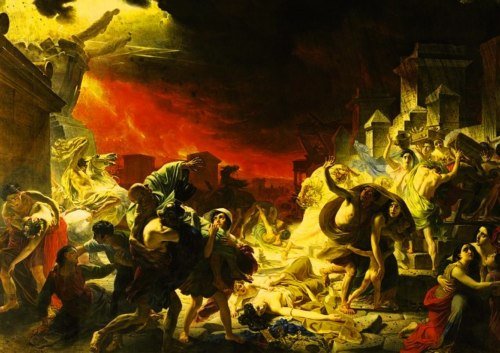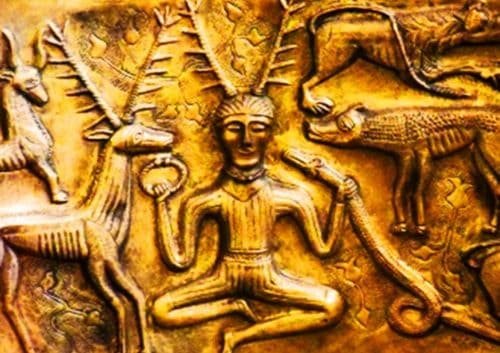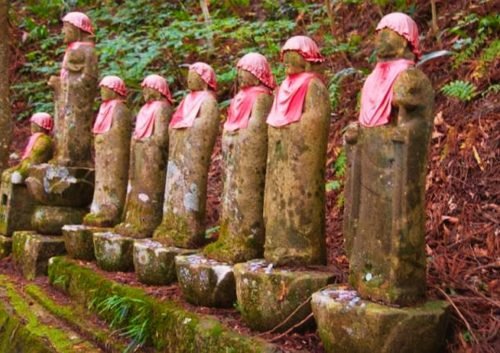Throughout history, any discussion about God involved men following different religious faiths to put forward their ideas about God and debate against the other religions.

They derive their ideas from the scriptures of their religions, which were passed on from one generation to the next. The authenticity of these scriptures is placed beyond questioning from ordinary people like us. Almost all the religions speak of a conscious entity or sometimes a set of conscious entities to have created reality, life and purpose. Conspiracy theorists believe these entities to be alien life forms that engineered human beings into existence!

Ever since the birth of the sixth sense, man keeps searching for this entity (or entities), which could possibly explain the reason for his being. Assigning different names to these entities, the religions promise answers to all possible questions about life through faith and hope. Ironically, the need for hope is the reason why man searches for God (through religions) in the first place! With religions being the primary authority for contact with God, let’s first go through a story of how religions evolved through time.

When man departed ways from his Neanderthal cousins, he constantly tried for a settled way of life by giving away the nomadic form of survival. The discovery of fire and the development of agriculture helped man to finally settle down at a place which provided basic necessities like food and safety from the wild. With the settlement’s population increasing with time, an ordered and structured living ensued in the population, forming a community of people.

The settlement gradually generated some rules for maintaining order within it. We have heard of these rules as norms and values of society. The norms and values were followed by the population without question. Norms like rules of hunting, sharing the hunt within the communities, division of labour; all in their primitive forms took root inside the communities and got established through time.

These norms were passed on to successive generations with the rule that they were to be revered above individual motives. Usually, when the transfer of the knowledge about the norms and values took place, the reasons attached with those norms were made to be elaborately understood by the newer generations. On the other side, the community life of people faced a constant threat from natural calamities, war (with other communities) over food & dominion and epidemics.

The relatively stable communities (the ones with minimal interference from the threats) made progress in terms of occupational diversity and structural division of labour. In such stable societies, curiosity about the nature where the human lives took root and the study about nature began. People in those stable communities understood that nature in which they lived was the prime factor for their survival and living.

Over time, such communities started revering nature, and eventually, the idea of worshipping nature took root in their minds. We know this ideology of nature worship as naturism. By nature, the primitive communities worshipped everything from the plants, trees, animals, rivers, sun, mountains, oceans, sky, rain, fire, and so on, since it was this nature that collectively provided them with the basic amenities for survival, food and shelter.

The communities which faced a constant threat from the forces of nature (as natural disasters) took an alternative route to naturism. The forces of nature were thought to be more powerful than the people, as both individuals and community. To prevent any ill effects of nature from affecting their future, people started worshipping the forces of nature by surrendering themselves before them. To please the elements of nature, elaborate festivals and sacrifices were organised. What started as a fear of nature, ended up as belief in the benevolence of nature.

The communities which tried to expand their dominion over land used naturism in another form. They called the forces of nature to aid in their progress. Naturism got strengthened with time and established itself in almost all the major civilisations of the ancient world. If we trace back the religious practices of old civilisations, we’ll see that at least at some point in their history they worshipped the nature around them in one way or the other.

To simplify the means of worship and to establish the practices as norms, the forces of nature were depicted in human forms and names. People, instead of looking directly into the sun to worship it now started worshipping a human figure depicting the sun. Some forces of nature were considered more benevolent than others, and they were sometimes represented with female figures.
These human figures representing nature are the deities we have heard of.
Subscribe to Chapter – 7 God & receive the rest of the blogs in your inbox!


